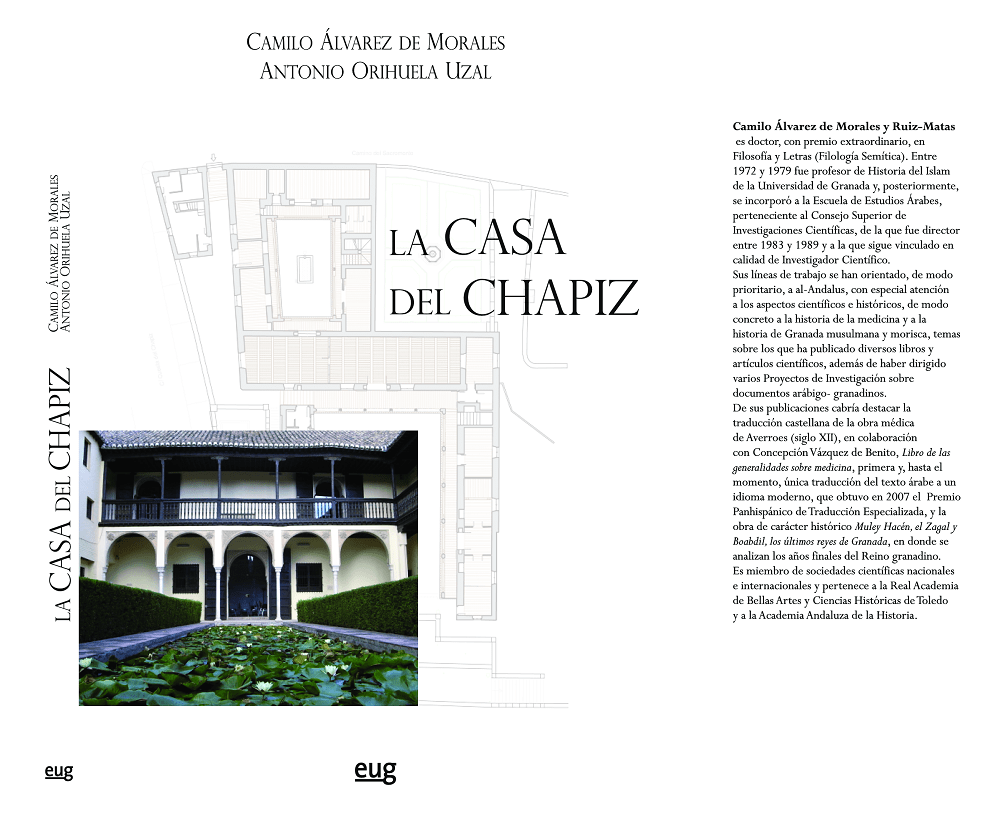COMUNICACIÓN Y PRENSA
La Casa de Chapiz in the Albaicín quarter of Granada, which is currently used as the School of Arabic Studies, is the largest, most important morisco house in Granada. The authors of this book, Camilo Álvarez de Morales and Antonio Orihuela Urzal, researchers at the School, detail the history of this house from its possible initial years as a Nasrid farmhouse and later, with solid documentary evidence from 1525 onwards, when the families of Hernán López el Ferí and Lorenzo el Chapiz inhabited its two main dwellings, until the present day in which it serves as a research institute belonging to the Spanish Senior Research Council. They present six centuries (XVI-XXI) of history that bring to mind people and events from a Granada now lost in the mists of time and to a large extent unknown. Throughout the pages of the book, which is released today, we learn of the trials and tribulations of the house, the ups and downs of those who lived in it and used it. It also traces its gradual decline until the end of the nineteenth century, when numerous writers horrified by its disastrous state of ruin campaigned with local and national institutions for it to be saved.





 Contact
Contact
















